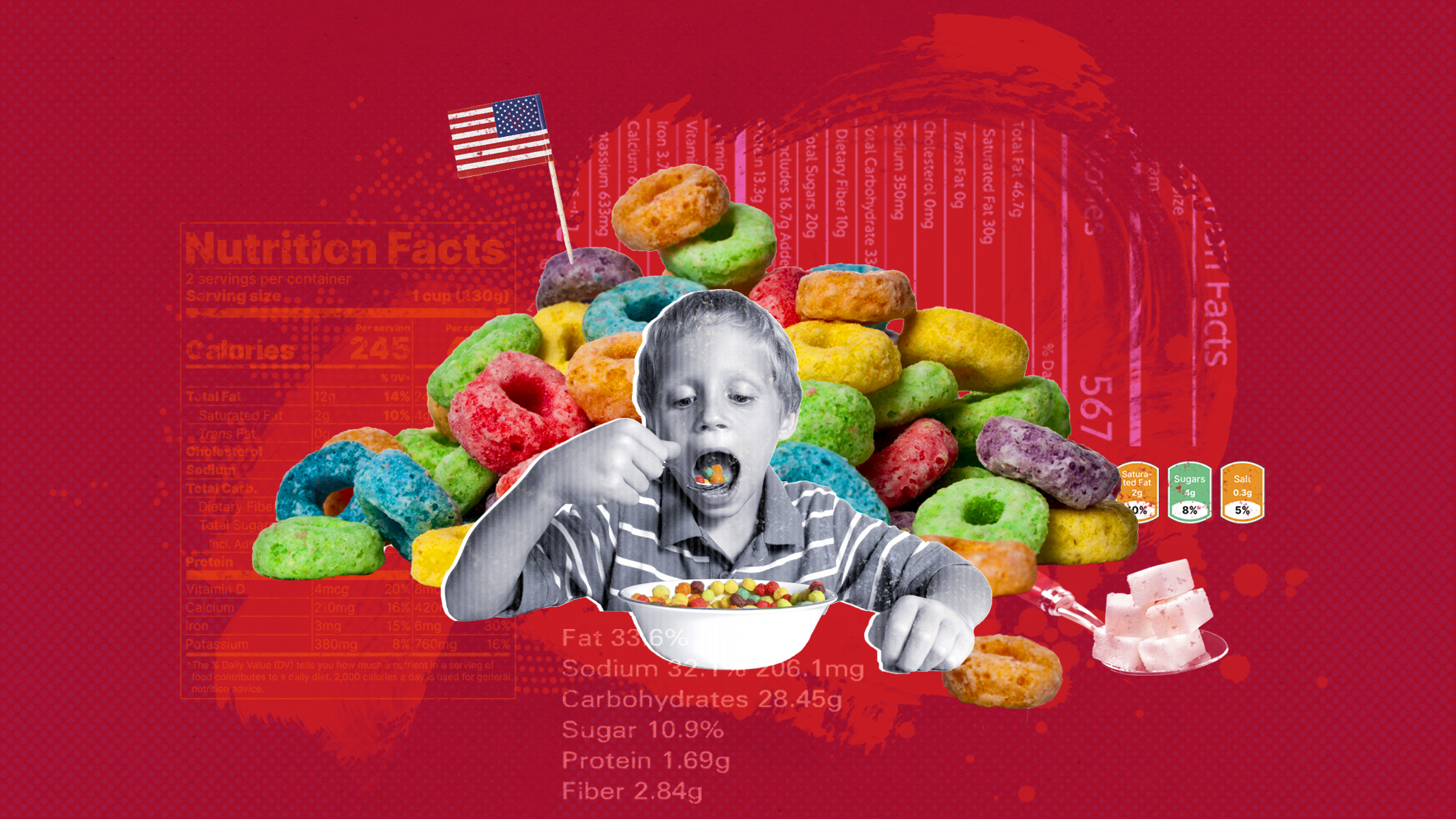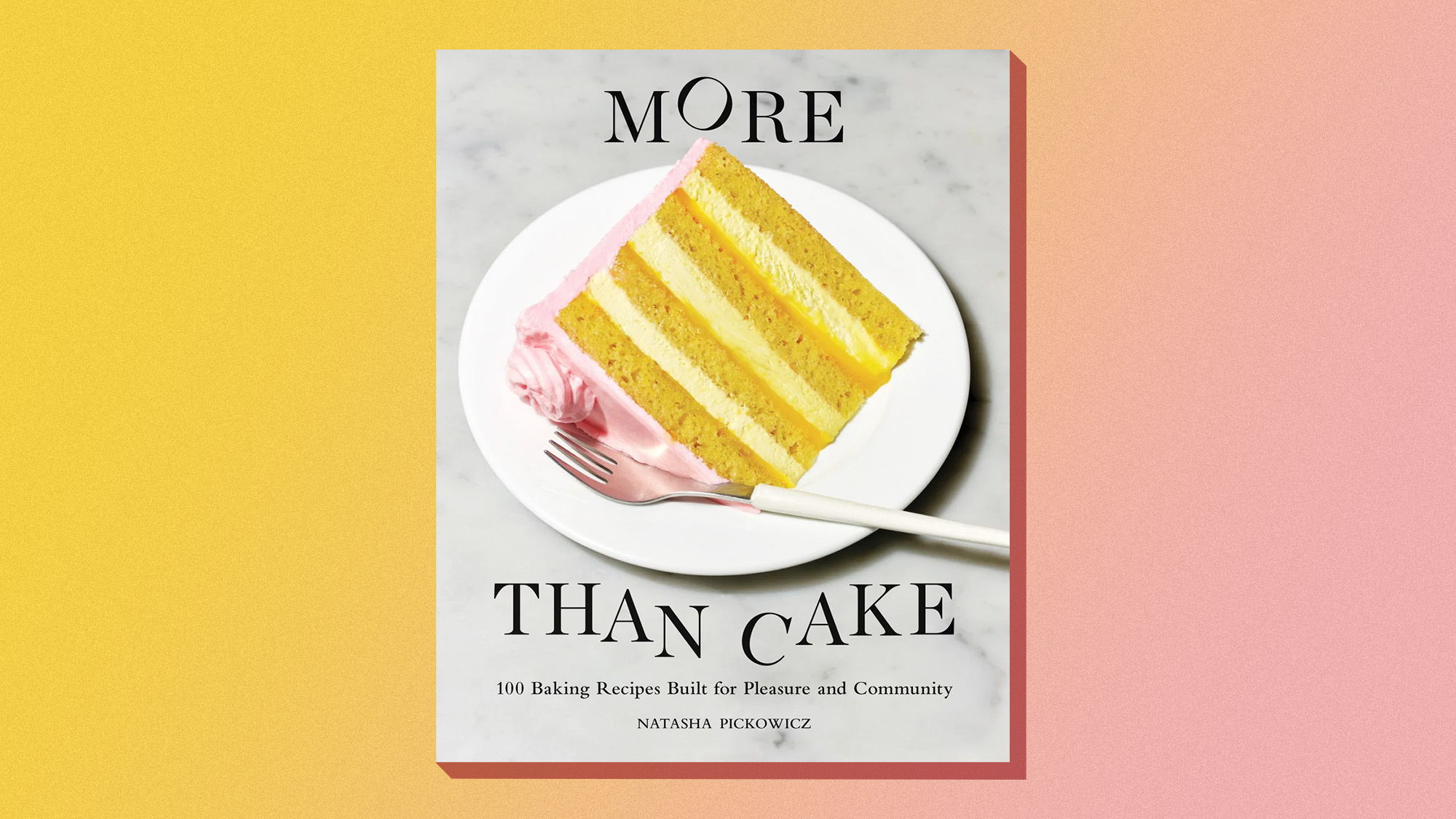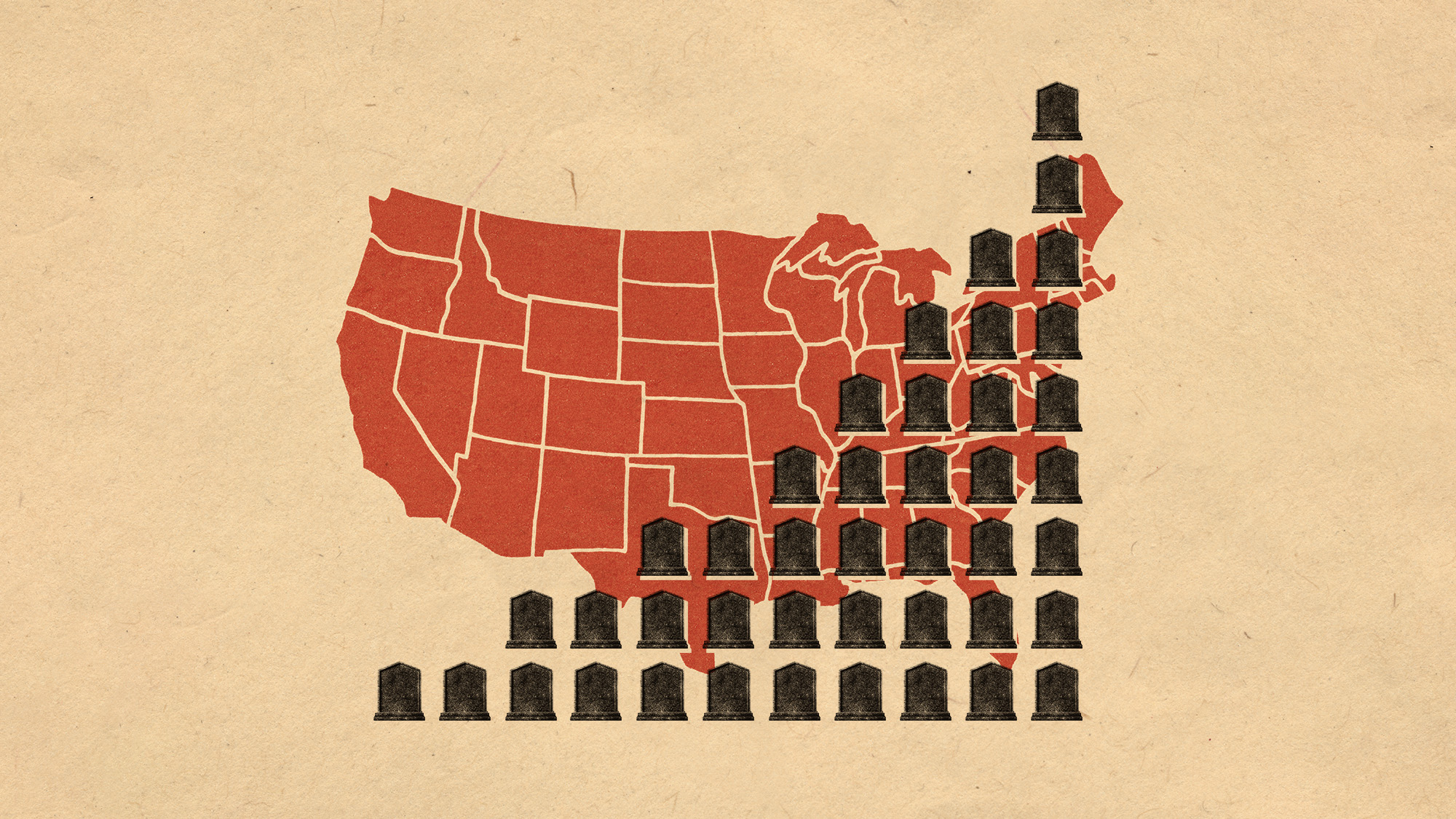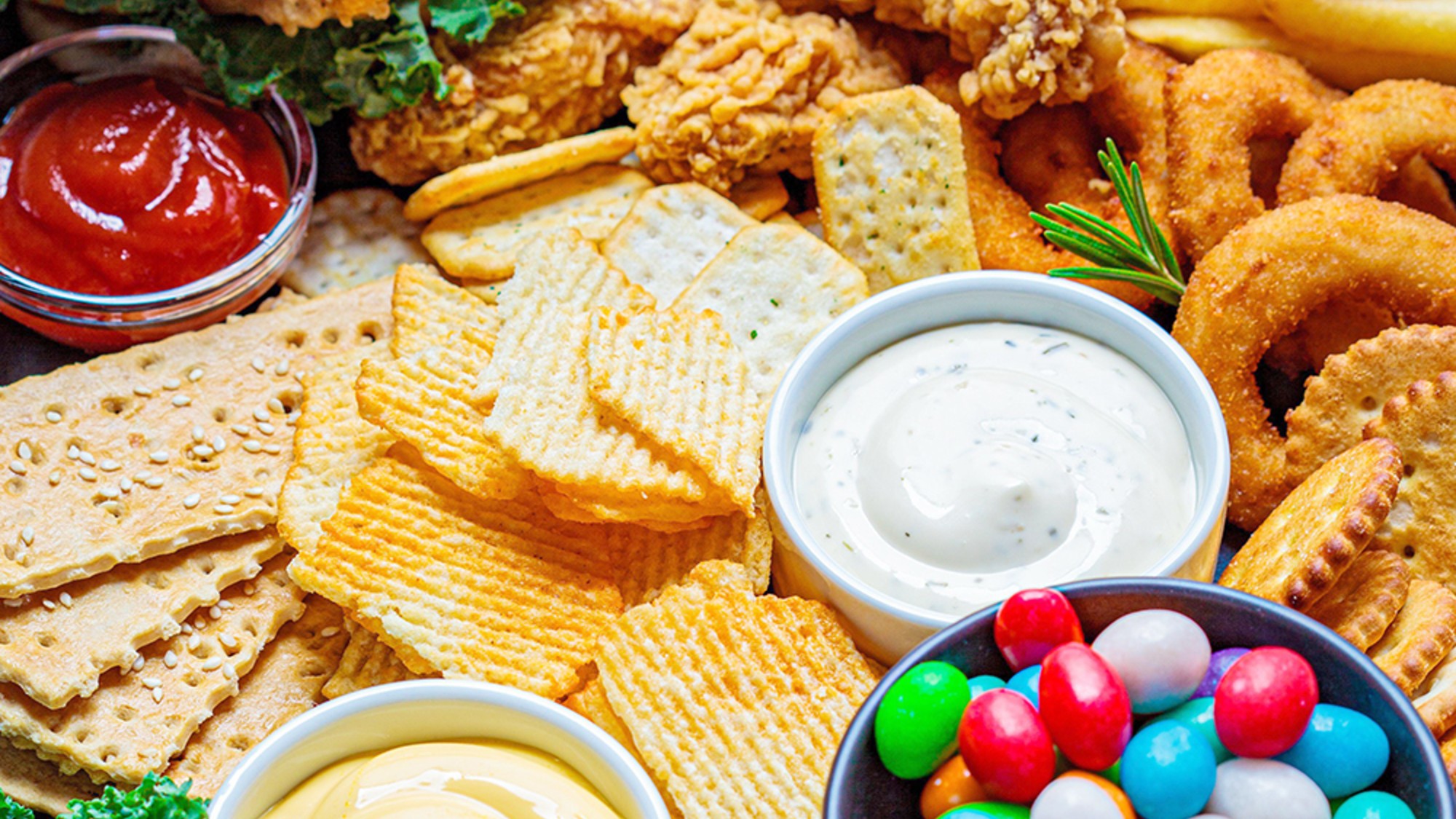Children's breakfast cereals are getting more unhealthy
Your kids may be starting their day with more than a spoonful of sugar


American breakfast cereals, a centerpiece of children's morning consumption, have steadily become unhealthier. As a result, kids have been exposed to detrimental amounts of sugar, sodium and fat, which could contribute to long-term health problems. And this is not the first time children's food has had its healthiness questioned.
The cereality
While cereals have been marketed as healthy, the label is rather misleading, according to a new study published in JAMA Network Open. The data revealed that between 2010 and 2023 cereals had "notable increases in fat, sodium and sugar alongside decreases in protein and fiber." In addition, they "contain high levels of added sugar, with a single serving exceeding 45% of the American Heart Association's daily recommended limit for children."
The study analyzed more than 1,000 cereals marketed toward children ages 5 to 12 years and found a 34% increase in fat content, a 32% increase in sodium content and an 11% increase in sugar during the 13-year span. The trend shows a "potential prioritization of taste over nutritional quality in product development," said the study. "It reinforces my belief that the food marketplace is very confusing, and that's not by accident," Dr. Josephine Connolly-Schoonen, the executive director of the nutrition division at Stony Brook Medicine, said to The New York Times. The food industry "engineers the confusion."
The Week
Escape your echo chamber. Get the facts behind the news, plus analysis from multiple perspectives.

Sign up for The Week's Free Newsletters
From our morning news briefing to a weekly Good News Newsletter, get the best of The Week delivered directly to your inbox.
From our morning news briefing to a weekly Good News Newsletter, get the best of The Week delivered directly to your inbox.
Ultraprocessed foods "laden with these additives have been associated with a myriad of negative health consequences, including obesity, diabetes, heart disease and premature death," said CNN wellness expert Dr. Leana Wen. Consuming high levels of sodium during childhood has been "linked to elevated blood pressure and other long-term health concerns," said Newsweek. "Protein, on the other hand, is essential for children because it supports growth, builds muscles and helps develop a strong immune system."
Beyond the bowl
Approximately a third of all American children eat cereal each morning, with it being the most common breakfast food for 5- to 12-year-olds, according to an analysis by the Department of Agriculture. Cereal is usually eaten alone without nutrient-dense fruit or protein.
As childhood nutrition can set the tone for future health problems and habits, it's recommended to look for cereal labels that say 100% whole grain. It's also ideal to serve cereals that have "added sugar of less than nine grams per serving," said Wen. This is because 10 grams per serving would "already be 20% of the entire amount of added sugar someone is recommended to consume a day" in a 2000-calorie diet.
Breakfast cereal is not the only child-focused food that is proving to be less healthy than it might seem. In 2024, an analysis found that 60% of food marketed to infants and toddlers failed to reach nutritional standards set by the World Health Organization.
A free daily email with the biggest news stories of the day – and the best features from TheWeek.com
These findings come at a time when Americans have become more concerned about the safety of their food, in large part thanks to Robert F. Kennedy, Jr. and his "Make America Healthy Again" initiative. "We are betraying our children by letting [food] industries poison them," Kennedy said at a rally in November 2024. He has since called for the banning of certain synthetic food dyes and ultraprocessed foods. While many agree with his food reform measures, Kennedy has also been known to promote baseless claims such as vaccines causing autism and the healthfulness of drinking raw milk.
Devika Rao has worked as a staff writer at The Week since 2022, covering science, the environment, climate and business. She previously worked as a policy associate for a nonprofit organization advocating for environmental action from a business perspective.
-
 Education: More Americans say college isn’t worth it
Education: More Americans say college isn’t worth itfeature College is costly and job prospects are vanishing
-
 One great cookbook: ‘More Than Cake’
One great cookbook: ‘More Than Cake’the week recommends The power of pastry brought to inspired life
-
 Democrat files to impeach RFK Jr.
Democrat files to impeach RFK Jr.Speed Read Rep. Haley Stevens filed articles of impeachment against Health and Human Services Secretary Robert F. Kennedy Jr.
-
 Stopping GLP-1s raises complicated questions for pregnancy
Stopping GLP-1s raises complicated questions for pregnancyThe Explainer Stopping the medication could be risky during pregnancy, but there is more to the story to be uncovered
-
 Choline: the ‘under-appreciated’ nutrient
Choline: the ‘under-appreciated’ nutrientThe Explainer Studies link choline levels to accelerated ageing, anxiety, memory function and more
-
 RFK Jr. sets his sights on linking antidepressants to mass violence
RFK Jr. sets his sights on linking antidepressants to mass violenceThe Explainer The health secretary’s crusade to Make America Healthy Again has vital mental health medications on the agenda
-
 Vaccine critic quietly named CDC’s No. 2 official
Vaccine critic quietly named CDC’s No. 2 officialSpeed Read Dr. Ralph Abraham joins another prominent vaccine critic, HHS Secretary Robert F. Kennedy Jr.
-
 The expanding world of child skincare
The expanding world of child skincareUnder the Radar Beauty line for kids as young as three sparks ‘rage’
-
 More adults are dying before the age of 65
More adults are dying before the age of 65Under the radar The phenomenon is more pronounced in Black and low-income populations
-
 Ultra-processed America
Ultra-processed AmericaFeature Highly processed foods make up most of our diet. Is that so bad?
-
 Tips for surviving loneliness during the holiday season — with or without people
Tips for surviving loneliness during the holiday season — with or without peoplethe week recommends Solitude is different from loneliness
